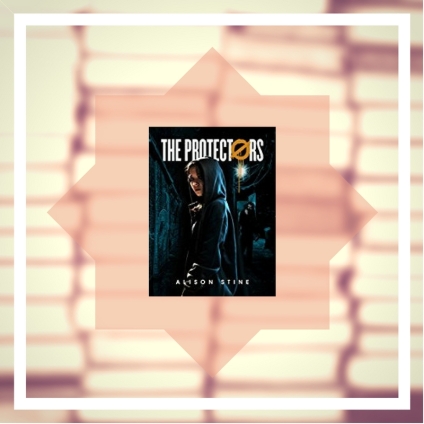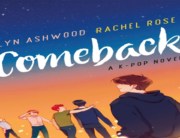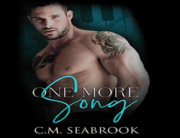
If you haven’t heard of Kindle in Motion (KiM) yet, it’s the newest bit of technology introduced by Amazon. KiM includes art, animation, and/or video to assist in the storytelling of a book. In the select novels that have been incorporated into KiM, the art and animation have been used for the fairy tale and classical retellings while video (using actors) are used more for the contemporary books. KiM is compatible with most devices (phones, tablets, and eReaders) and there is an option to turn off the “motion.”
To grasp an idea of what Amazon has invested in, I chose to read one of the titles- The Protectors by Alison Stine. This book, based on magic realism, includes all forms of interaction incorporated with Kindle in Motion (art, animation and video). I purchased the book for my iPhone but downloaded the book onto an iPad to compare the two reading platforms. Between these two devices, the only difference was the size of the screen. With the phone edition, some of the lettering had been squeezed into the format to the slightest extent. For the tablet format, everything was spaced evenly and the quality of the motion content was better.
As a consumer, the best part about KiM is there isn’t an additional charge to activate the motion in the book. If the technology isn’t your cup of tea, switch it off and return to the basic reading format. Depending on which is purchased, there are countless images that are incorporated into the novel. In Stine’s book, the graffiti aspect of the plot is assisted with the images, adding to the aesthetic.
If you want to create more stimulation and interaction with your readers, an author may want to consider expanding into KiM. It’s new technology, making it appealing to readers, even some who may not enjoy reading altogether. The downfall about this new interactive technology is the fact that it is so new. With nearly a year under their belt and very few original titles incorporated, it may take some time before it becomes popular. One of the better aspects of “motion” is the “full-bleed” format. This allows for there not to be forced margins.
So, how does this all relate to you as an author? It can potentially make your book more aesthetically appealing to readers, perhaps bringing some new readers to you simply for the fact that they want to give KiM a try. It might also gain you some extra revenue from people who don’t normally read books or from people who have trouble reading. Having a visual element might make the whole reading experience easier for people who struggle with it or don’t enjoy it. It is also nice to see that the animation and video improvise the storytelling. If done right, all these elements complement each other nicely and make for a whole different experience than we are typically used to, which can be refreshing. Although both a pro and a con, KiM allows authors to utilize their own vision when picking the images they wish to portray to their readers. KiM is another tool that an author can use to effectively communicate with their readers. At the same time, this can potentially limit the readers own imagination which is one of the best things about reading.
KiM could be a complete game changer for non-readers or a nice change of pace for avid readers. But, it’s definitely not for everyone and I can understand why someone wouldn’t like it. It has a long way to go before it becomes main stream, but I am glad I gave it a try.
Write on.









Leave a Comment